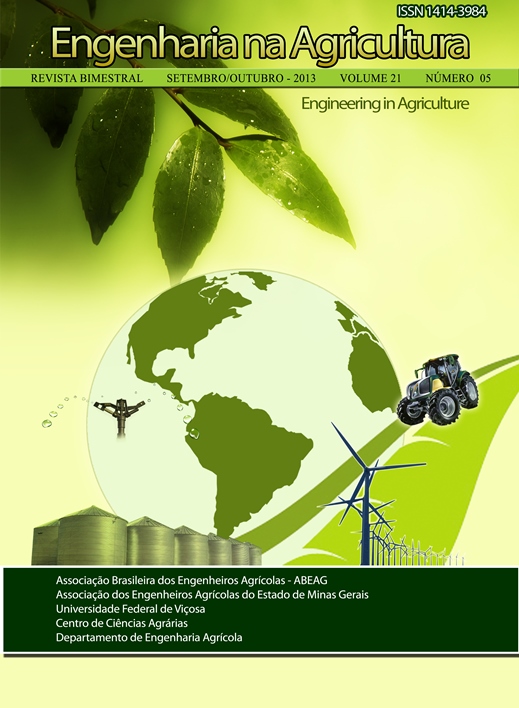CHANGES IN QUALITY OF COFFEE SUBMITTED TO DIFFERENT FORMS OF PROCESSING AND DRYING
DOI:
https://doi.org/10.13083/reveng.v21i5.450Keywords:
análise sensorial, Coffea arabica L, pós-colheitaAbstract
Recent research has indicated various changes in coffee grains resulting from processing and drying. Therefore, the purpose of this study was to verify the effect of slow drying and rapid drying on some biochemical and physiological parameters of coffee grains and on quality of the beverage. Coffee beans of the cultivar Catuaí Vermelho IAC 144 were collected and subjected to three forms of processing, natural, demucilaged and pulped coffees, as well as two methods of drying: slowly in the shade on suspended screens and rapid drying in fixed bed dryers at 35 ºC. After drying, the coffee grains were submitted to the following evaluations: sensory analysis, electrical conductivity, potassium leaching, polyphenol oxidase enzyme activity, total titratable acidity and physiological analyses. There is interaction between processing and drying methods on the sensory quality of the coffee, where the effects of drying are more evident. Coffees obtained by wet processing have greater tolerance to drying than those obtained by dry processing. Better sensory quality is obtained in coffees submitted to slow drying, regardless of the processing method used. Coffees with better sensory quality show better physiological quality.Downloads
Downloads
Published
How to Cite
Issue
Section
License
Authors who publish with this journal agree to the following terms:
The author(s) authorize(s) the publication of the text in the journal;
The author(s) ensure(s) that the contribution is original and unpublished and that it is not in the process of evaluation by another journal;
The journal is not responsible for the views, ideas and concepts presented in articles, and these are the sole responsibility of the author(s);
The publishers reserve the right to make textual adjustments and adapt texts to meet with publication standards.
From submission, the author is fully conceding the paper's patrimonial rights to the publication, but retaining the owner of its moral rights (authorship and paper's identification) according to Creative Commons Attribution-Noncommercial.








 Licensed by
Licensed by 